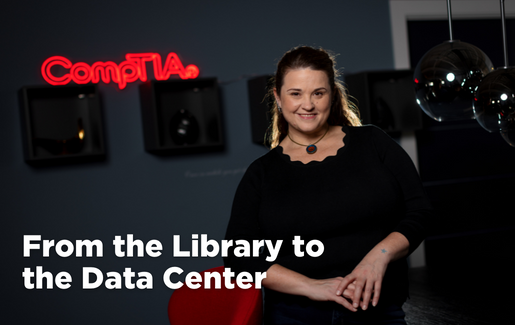-
By CompTIA
| May 12, 2025
Discover how AI is transforming the cybersecurity workforce. Learn about evolving skills, training innovations, and certifications like CompTIA SecAI+.
Full Story
-
By CompTIA
| May 02, 2025
Discover how Tech901 and CompTIA have transformed Memphis' IT workforce over 10 years, bridging the skills gap and empowering careers with affordable training.
Full Story
-
By CompTIA
| April 30, 2025
Discover how emerging technologies like AI, IoT, blockchain, and 5G are reshaping industries and how CompTIA certifications can help teams stay competitive.
Full Story
-
By CompTIA
| April 28, 2025
Discover how AI is transforming enterprises and learn how CompTIA certifications equip teams with the skills to thrive in an AI-driven future.
Full Story
-
By CompTIA
| April 25, 2025
Discover strategies to reduce risks and build safer tech environments with the Risk Management Trifecta. Learn more from CompTIA’s expert-led webinar!
Full Story
-
By CompTIA
| April 22, 2025
Learn how CompTIA training helped Thomson Reuters improve employee skills, customer satisfaction, and retention—proving it's a smart investment for businesses.
Full Story
-
By CompTIA
| April 21, 2025
Upskill your government workforce with CompTIA’s government discount program. Save on IT certifications, enhance cybersecurity, and ensure compliance.
Full Story
-
By CompTIA
| April 18, 2025
Learn how workforce development and upskilling can close the skills gap, retain top talent, and drive success with actionable strategies and best practices.
Full Story
-
By CompTIA
| April 07, 2025
Join CompTIA at RSAC 2025, April 28-May 1, for expert insights on AI and cybersecurity. Don't miss Todd Thibodeaux's session and visit us at Booth 3108!
Full Story
-
By CompTIA
| April 04, 2025
Launch your tech career with apprenticeships and CompTIA certifications! Gain hands-on experience and industry-recognised skills for in-demand IT roles.
Full Story


